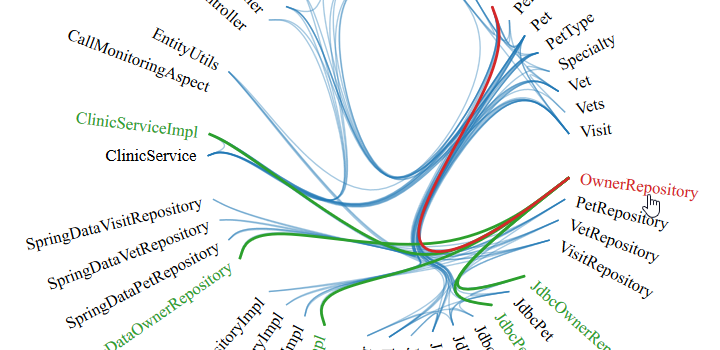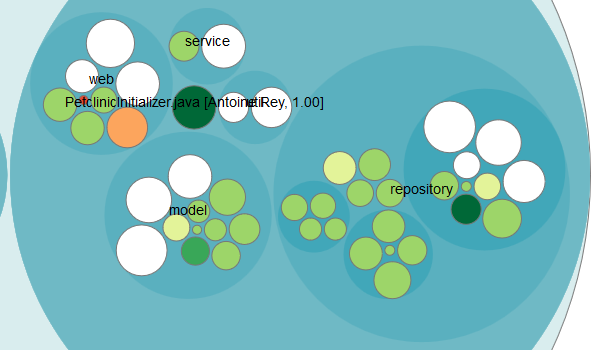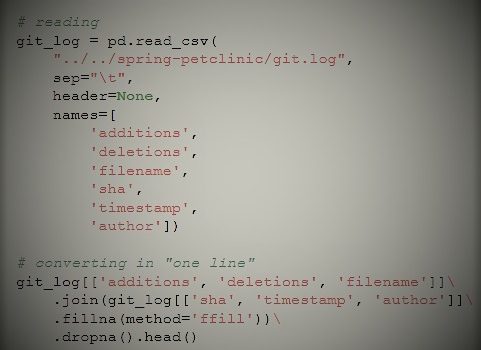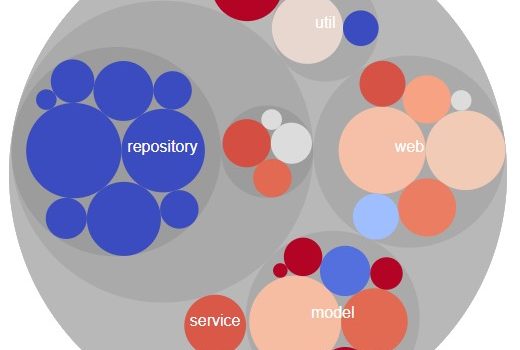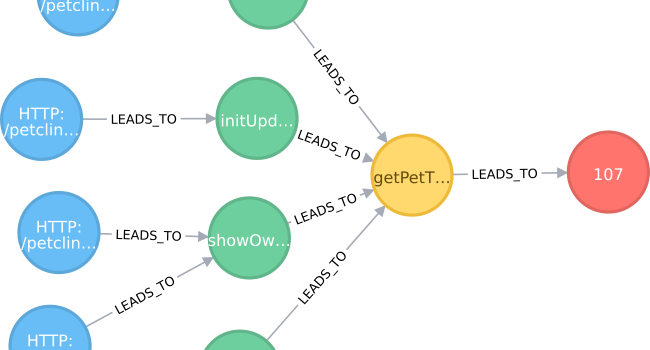Recently I came over a great visualization of imported classes by one class made by Mike Bostock with his Hierarchical Edge Bundling in D3. I wondered how hard it would be to reimplement this visualization with jQAssistant and Neo4j and show actual dependencies between Java types. So let’s have a look!
Java Type Dependency Analysis
